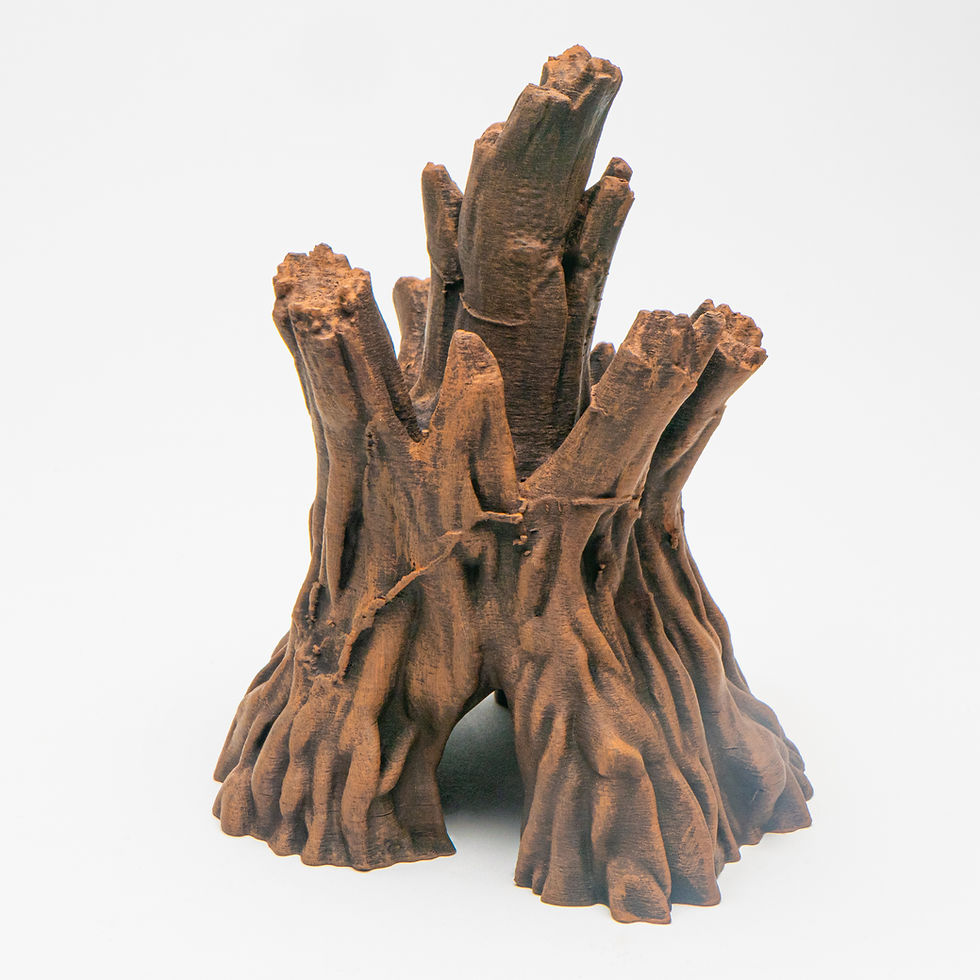Camponotus japonicus, also known as the Japanese carpenter ant, is a large, strikingly black ant species native to East Asia. These ants are known for their size, beauty, and organized colony structure. With a monogynous setup—one queen per colony—and a colony size of up to 5000 workers, they are both impressive and manageable, making them a favorite among ant enthusiasts.
Camponotus japonicus
This species naturally inhabits forests, grasslands, and sometimes urban environments. They often nest in decaying wood or in the soil, forming colonies that can grow rapidly under optimal conditions. The queen measures 15–18 mm, workers range between 6–9 mm, and majors are typically 9–14 mm. The ants are completely black in coloration and show classic carpenter ant behaviors like tunnel-building and territory defense.
Their diet is omnivorous and consists of live or dead insects, sugary liquids like honey water or syrup, jelly, fruits, vegetables, and even cooked chicken (unsalted). This broad diet helps support brood development and queen productivity.
In the wild, they are mainly nocturnal foragers and are known for their efficient division of labor. Despite their size, they are not aggressive toward humans and are generally calm unless disturbed.




































